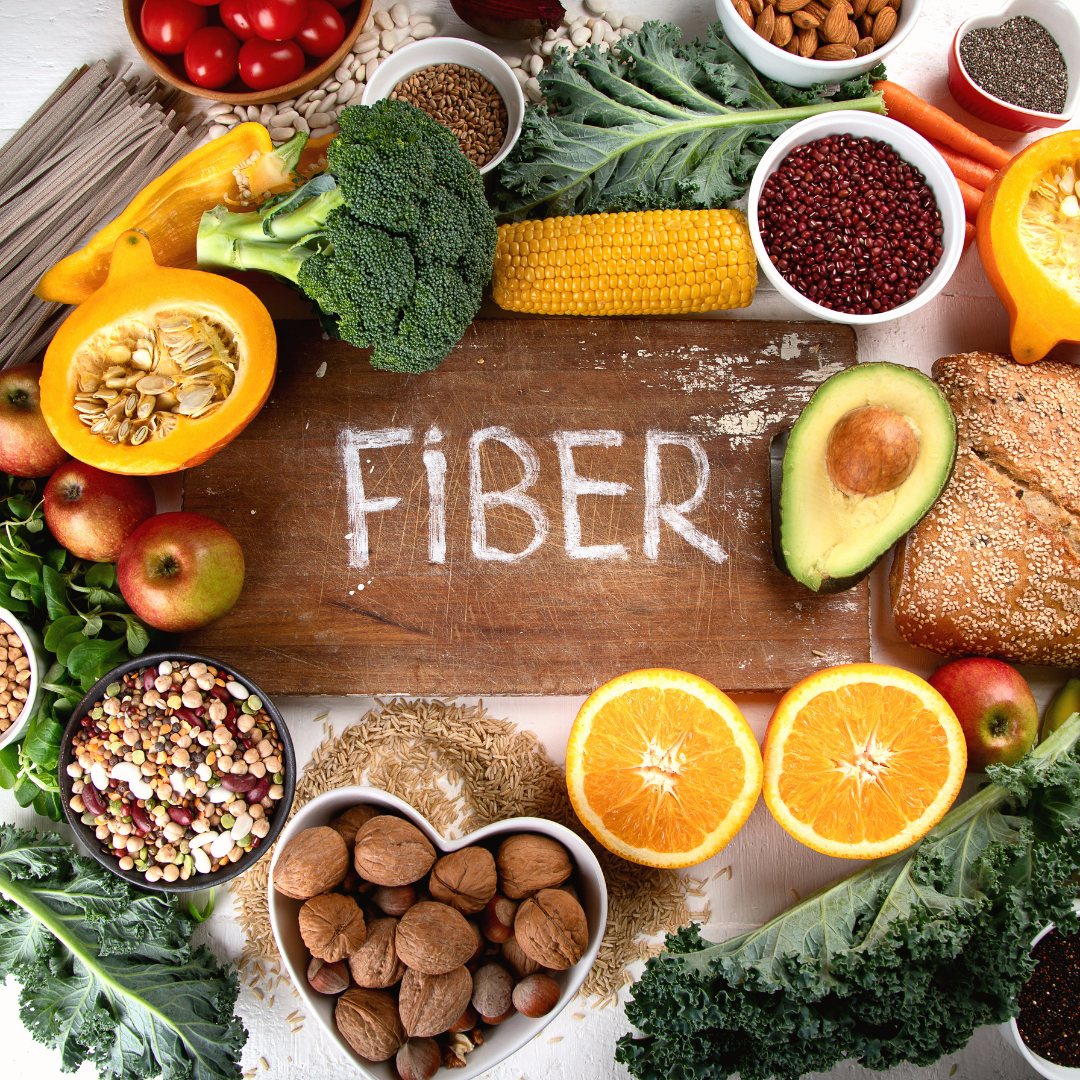High-Fiber Foods, Why We Should Know The Benefits!
In the vast landscape of nutrition, few elements stand out as prominently as fiber. Often overlooked, this unsung hero plays a crucial role in maintaining optimal health. As we embark on a journey to explore the multifaceted benefits of fiber, we delve into the realms of whole grains, the intricate digestive system, and the profound impact on weight, cholesterol levels, and overall well-being.
Understanding Fiber: A Dive into Types and Sources:
- Types of Fiber:
- Soluble Fiber: Dissolves in water, forming a gel-like substance. Found in oats, beans, and fruits.
- Insoluble Fiber: Does not dissolve in water, adding bulk to the stool. Abundant in whole grains, vegetables, and wheat bran.
- Sources of Fiber:
- Whole Grains: Brown rice, whole wheat, and oats are rich in fiber, providing essential nutrients along with digestive benefits.
- Fruits and Vegetables: Sweet potatoes, Brussels sprouts, and a colorful array of fruits offer a diverse range of fiber content.
- Legumes: Beans, lentils, and peas are excellent sources of both soluble and insoluble fiber.
- Nuts and Seeds: Almonds, chia seeds, and flaxseeds contribute healthy fats and fiber to the diet.

Chia & Flax Water
Fiber Nourishes the Gut:
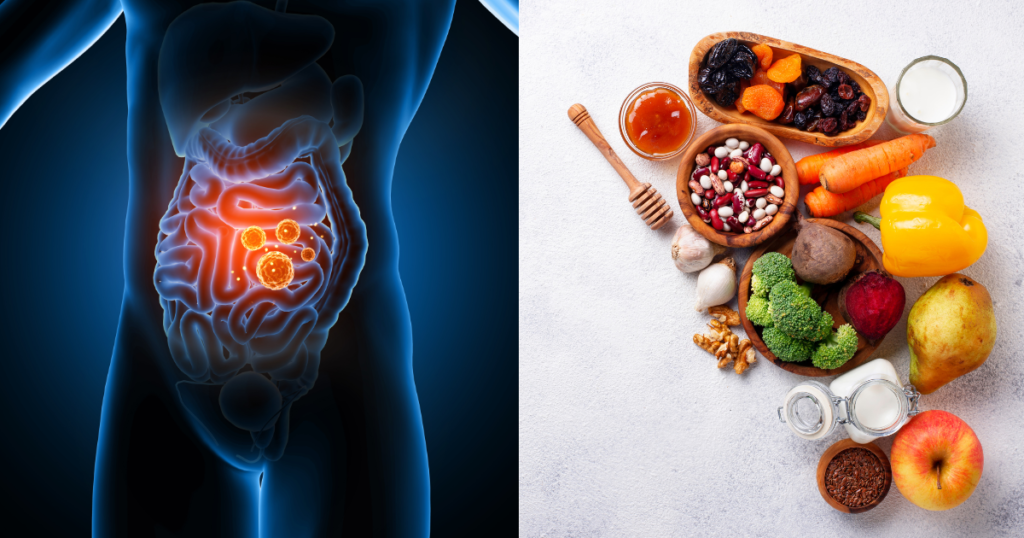
- Digestive Tract Health:
- Fiber acts as a broom, sweeping through the digestive tract and promoting regular bowel movements.
- Insoluble fiber adds bulk, preventing constipation and contributing to a healthy colon.
- Colon Cancer Prevention:
- A high-fiber diet is associated with a reduced risk of colorectal cancer.
- Insoluble fiber aids in moving waste through the large intestine efficiently, potentially preventing the buildup of harmful substances.
- Irritable Bowel Syndrome (IBS):
- Soluble fiber, found in oats and certain fruits, may alleviate symptoms of IBS by promoting a balanced digestive environment.
Blood Sugar Control and Fiber’s Impact on Metabolism:

- Blood Sugar Levels:
- Soluble fiber slows the absorption of glucose, stabilizing blood sugar levels.
- This is particularly beneficial for individuals with diabetes or those aiming to maintain consistent energy throughout the day.
- Insulin Sensitivity:
- Fiber-rich diets, especially those with whole foods, support improved insulin sensitivity.
- Balanced blood sugar levels contribute to long-term metabolic health.
The Heart-Healthy Role of Fiber:

- Lowering Cholesterol Levels:
- Soluble fiber binds to cholesterol molecules, aiding in their removal from the body.
- This can contribute to lower LDL (“bad”) cholesterol levels and reduce the risk of cardiovascular disease.
- Blood Pressure Regulation:
- Some studies suggest that fiber intake may help lower blood pressure, supporting heart health.
- A diet rich in whole foods and high-fiber choices aligns with cardiovascular well-being.
Weight Management and the Satiety Factor:

- Weight Loss and Satiety:
- High-fiber foods are often less energy-dense, promoting satiety with fewer calories.
- Increased feelings of fullness contribute to successful weight loss efforts.
- Maintaining a Healthy Weight:
- The bulk created by fiber in the digestive system contributes to a sense of fullness, preventing overeating.
- Fiber-rich diets support healthy weight maintenance over the long term.
Navigating Dietary Guidelines and Fiber Intake:
- Meeting Dietary Guidelines:
- Dietary guidelines recommend a specific amount of fiber daily, typically in the range of 25 to 30 grams for adults.
- Achieving this target ensures the comprehensive health benefits associated with fiber.
- Fiber Supplements:
- While whole foods should be the primary source of fiber, supplements can be beneficial for individuals struggling to meet their daily requirements.
- It’s crucial to consult with a healthcare provider before incorporating fiber supplements into the diet.
Hydration and Fiber: The Perfect Duo:
- Plenty of Water:
- Adequate water intake is crucial when consuming a high-fiber diet.
- Water helps fiber move through the digestive system, preventing constipation and optimizing its benefits.

Fiber-Rich Foods: Building Blocks of a Nutrient-Dense Diet:
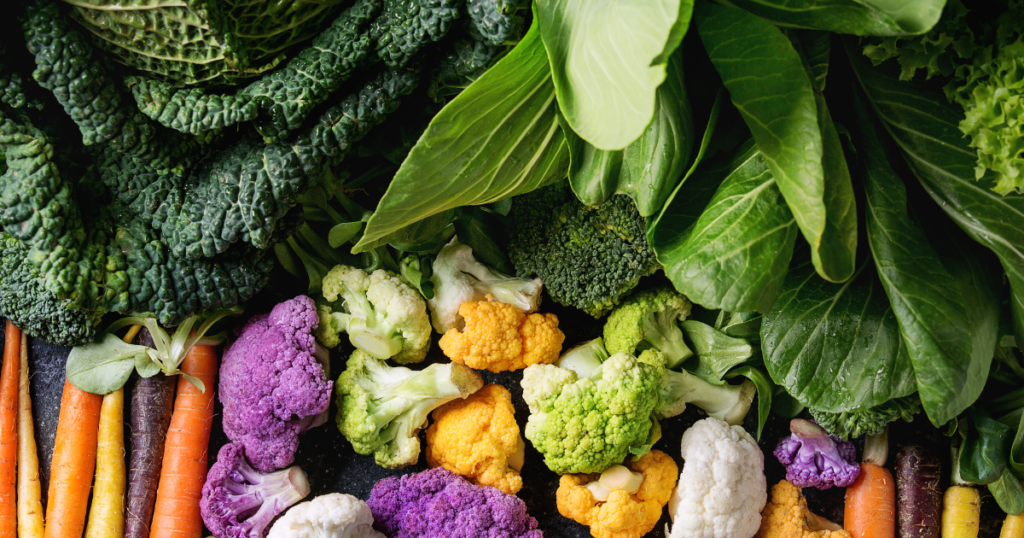
- Essential Nutrients:
- Fiber-rich foods are not only high in fiber but also packed with essential nutrients.
- Whole foods like whole grains, fruits, and vegetables offer a holistic approach to nutrition.
- Choosing Whole Foods:
- Whole foods, in their unprocessed state, provide the maximum health benefits associated with fiber.
- Whole grains, such as oat bran and whole-grain cereals, contribute to a high-fiber diet.
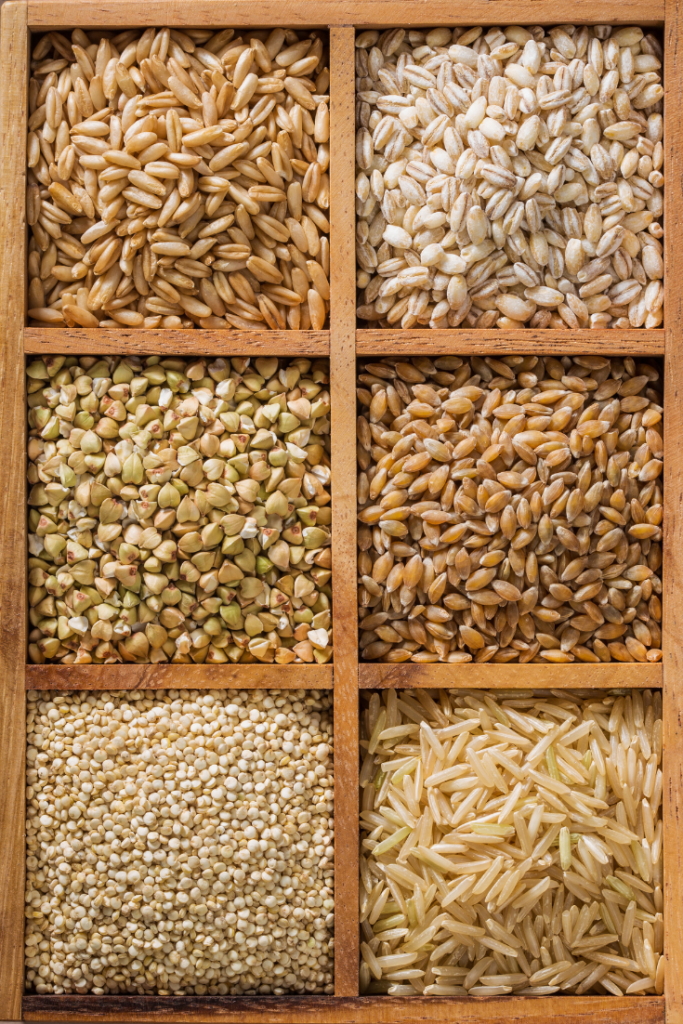
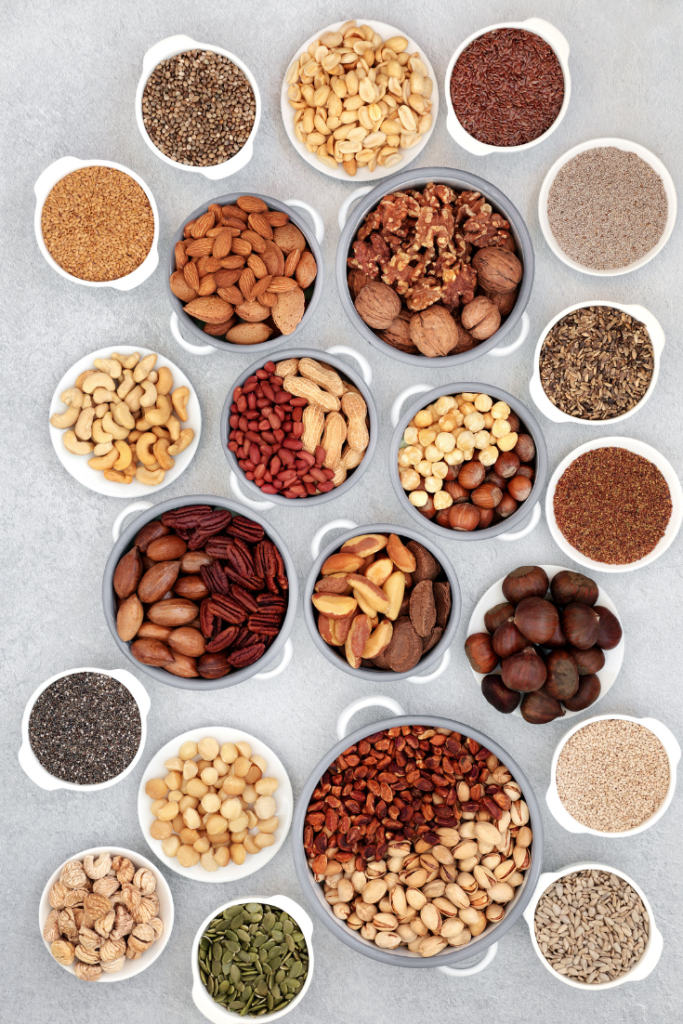
Embracing the Fiber Revolution for Lifelong Well-Being:
In conclusion, the health benefits of fiber extend far beyond promoting digestive regularity. From its role in preventing colon cancer to regulating blood sugar levels and supporting weight loss, fiber is a cornerstone of holistic well-being. Embracing a high-fiber diet, rich in whole grains, fruits, vegetables, and legumes, is a transformative step toward lasting health. As we unravel the secrets of fiber, we discover not just a dietary component but a powerful ally in our journey to a healthier and more vibrant life.

